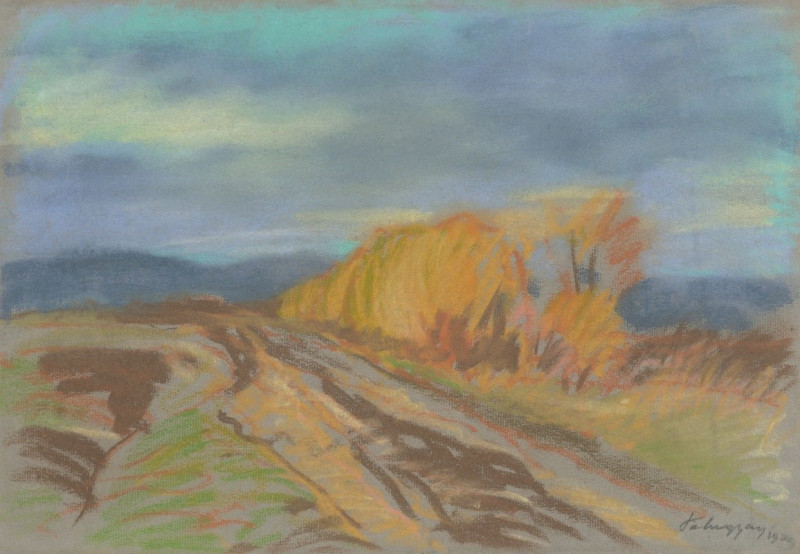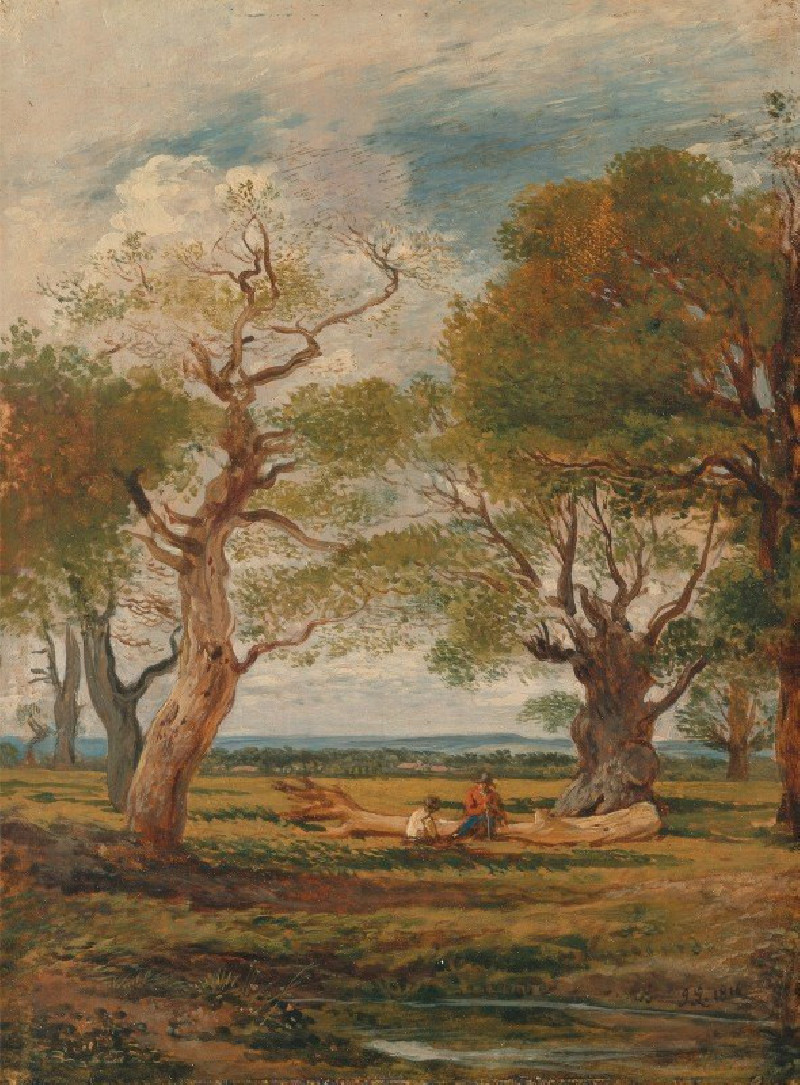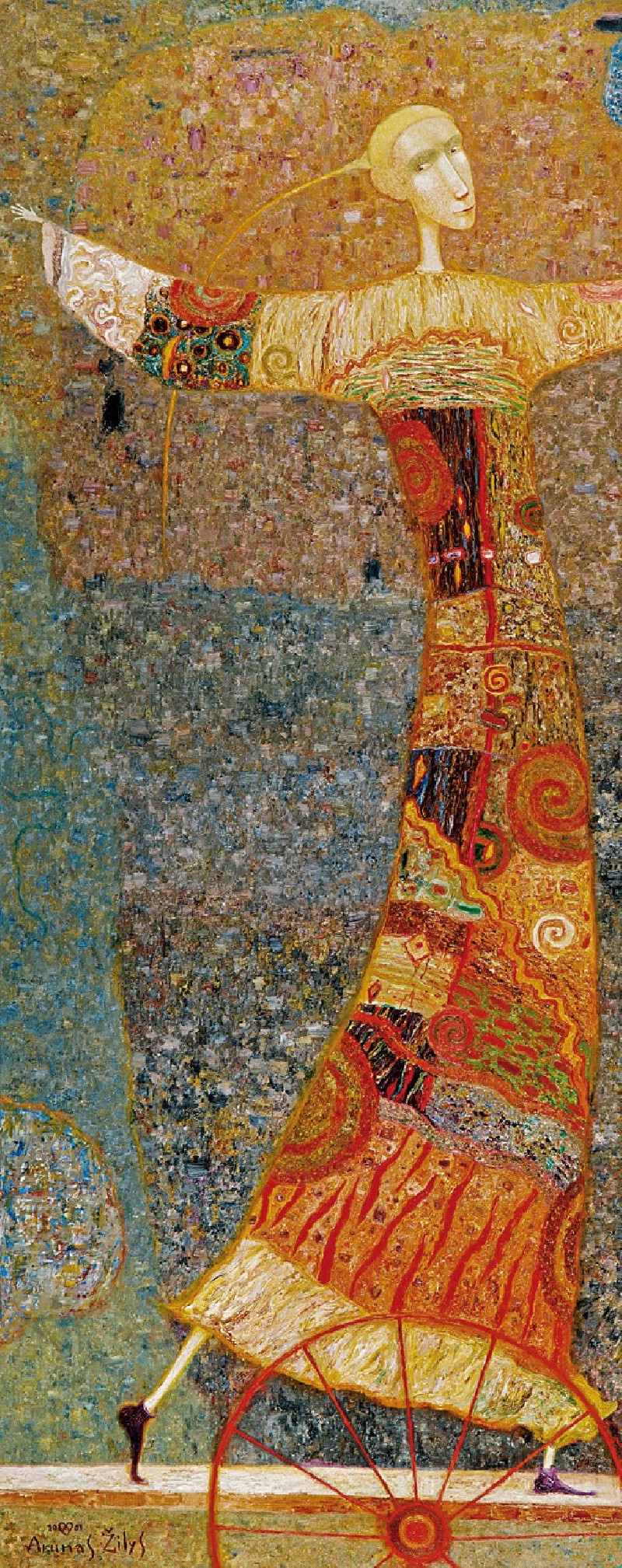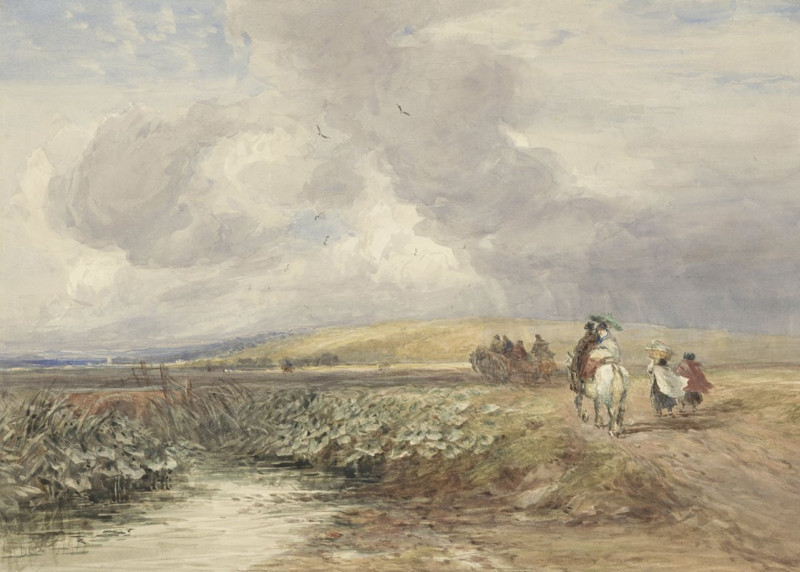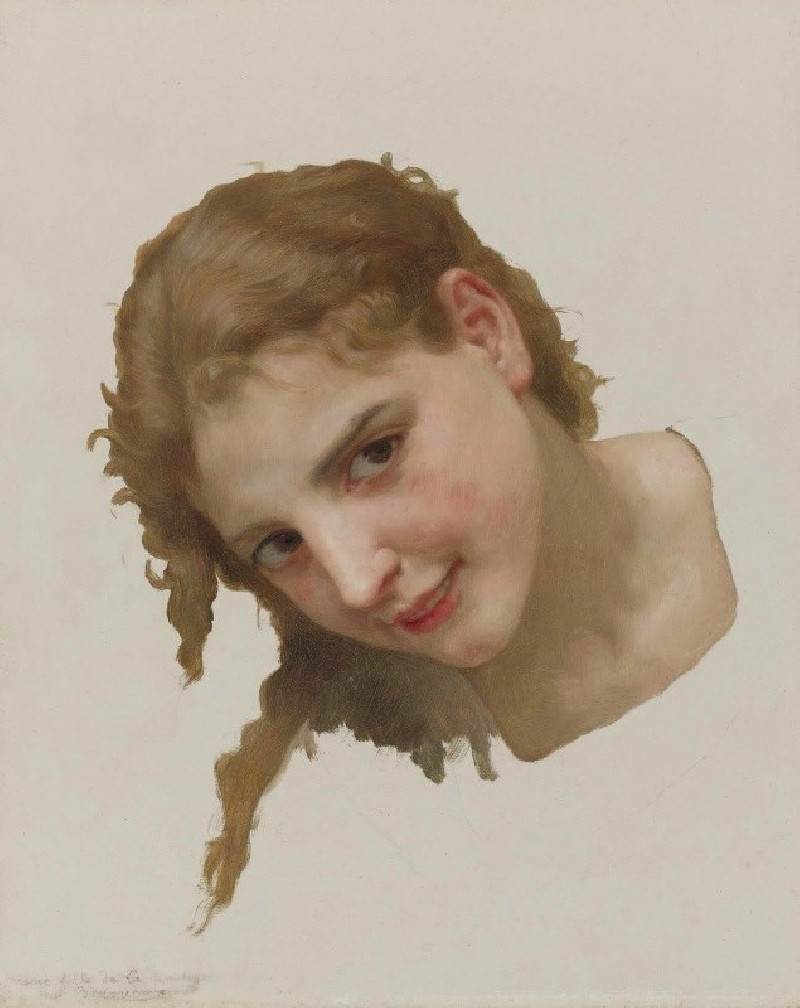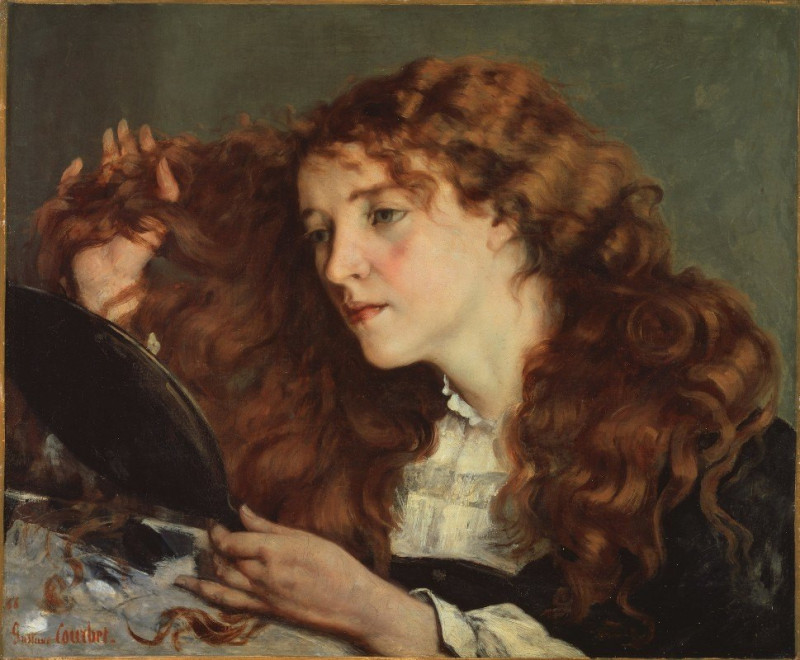Girl in the Garden (between 1880 and 1882)
Technique: Giclée quality print
Recommended by our customers
More about this artwork
Artist: Mary Cassatt Date: Between 1880 and 1882Description:"Girl in the Garden" by Mary Cassatt captures a tranquil moment of a young woman lost in her activity amidst a lush garden setting. This painting is an exquisite example of Cassatt's ability to portray intimate moments with great sensitivity and attention to detail.In the artwork, the young woman, dressed in a light, flowing gown, sits on a garden chair with her attention focused intently on a small object in her hands. The soft pastels and gentle brush strokes emphasize the serene atmosphere and the quiet focus of the subject. Surrounding her are hints of a verdant garden, with splashes of floral colors peeking through a haze of greenery.This piece is a testament to Cassatt's skill in using light and color to create a mood and develop a sense of place. The delicate rendering of the woman's expression and posture invites the viewer into a moment of peaceful contemplation, resonating with the themes of femininity and introspection that are prevalent in Cassatt’s work."Girl in the Garden" is not only a beautiful depiction of a simple, everyday moment but also a reflection of the artist’s profound connection to her subjects, encapsulating the essence of their inner lives and the beauty of their tranquil surroundings.
Delivery
Returns
Mary Stevenson Cassatt was an American painter and printmaker. She was born in Allegheny City, Pennsylvania (now part of Pittsburgh’s North Side), but lived much of her adult life in France where she befriended Edgar Degas and exhibited with the Impressionists. Cassatt often created images of the social and private lives of women, with particular emphasis on the intimate bonds between mothers and children.
She was described by Gustave Geffroy as one of "les trois grandes dames" (the three great ladies) of Impressionism alongside Marie Bracquemond and Berthe Morisot.In 1879, Diego Martelli compared her to Degas, as they both sought to depict movement, light, and design in the most modern sense.

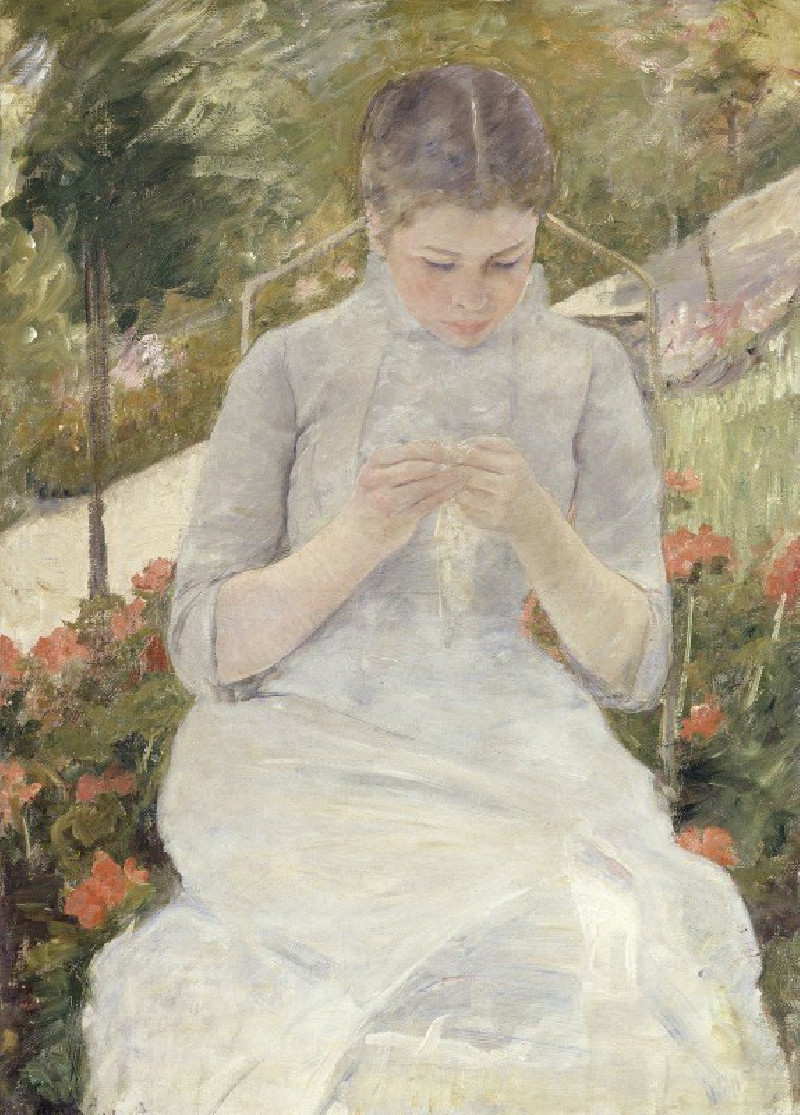
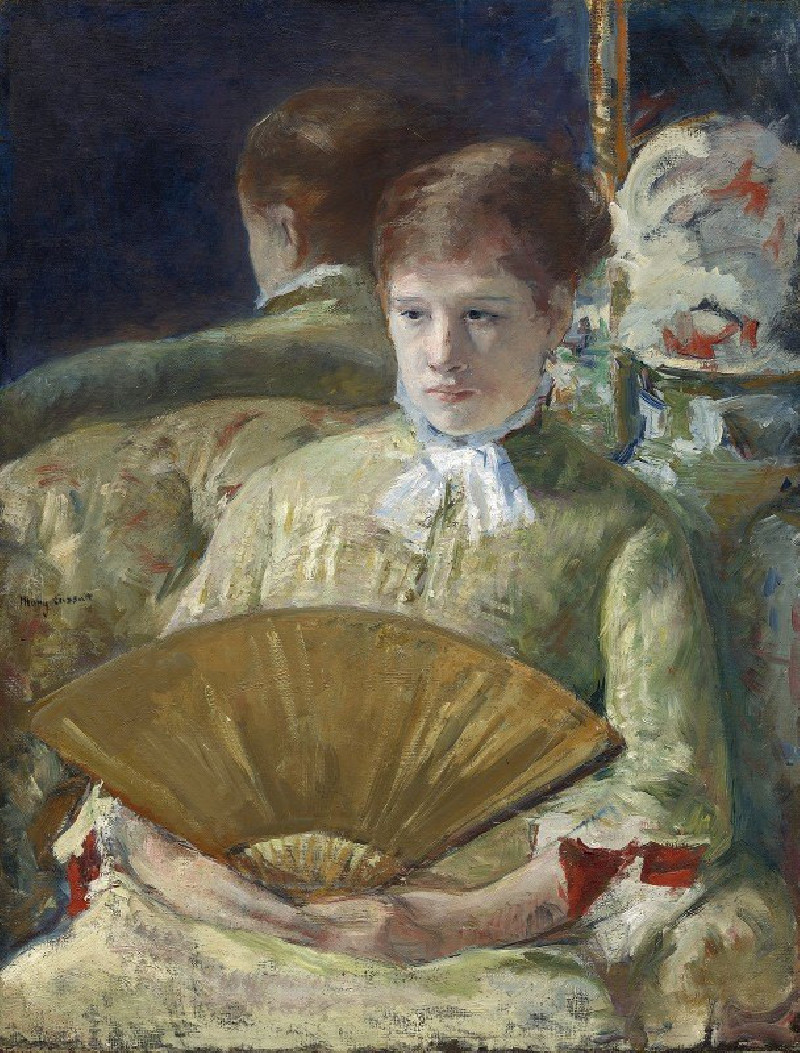
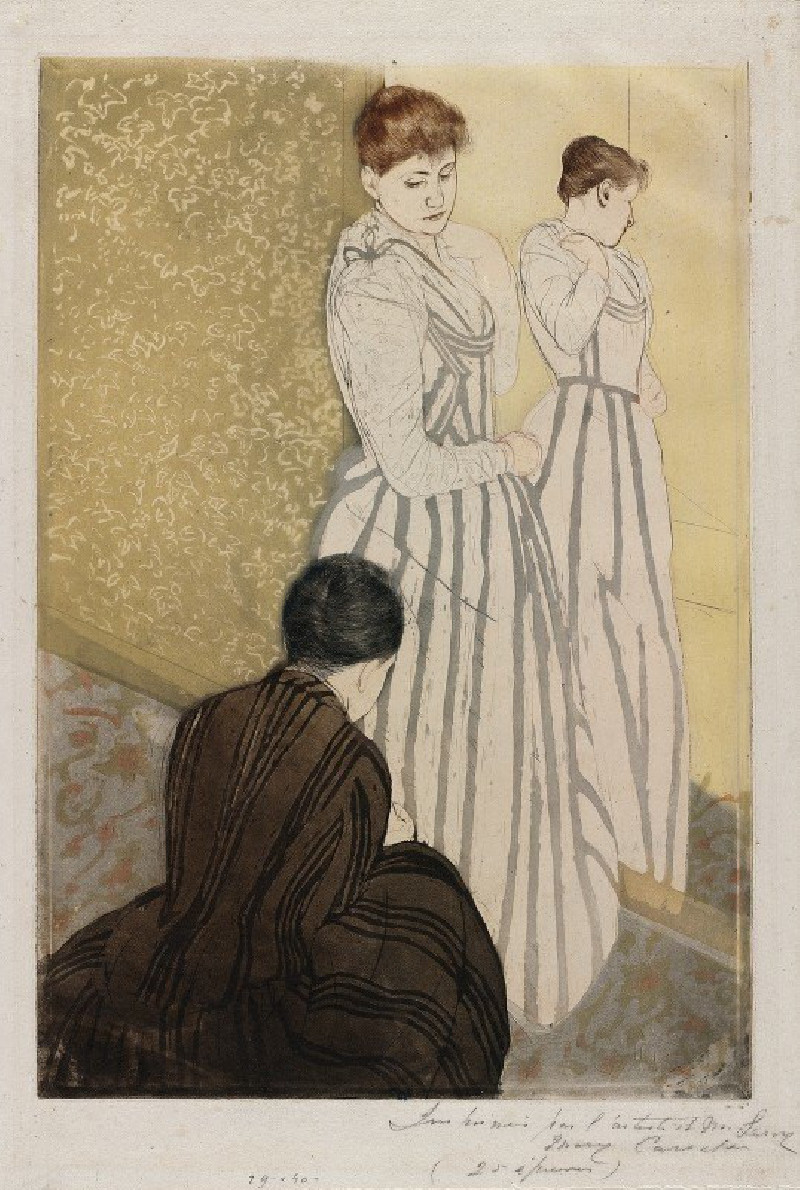
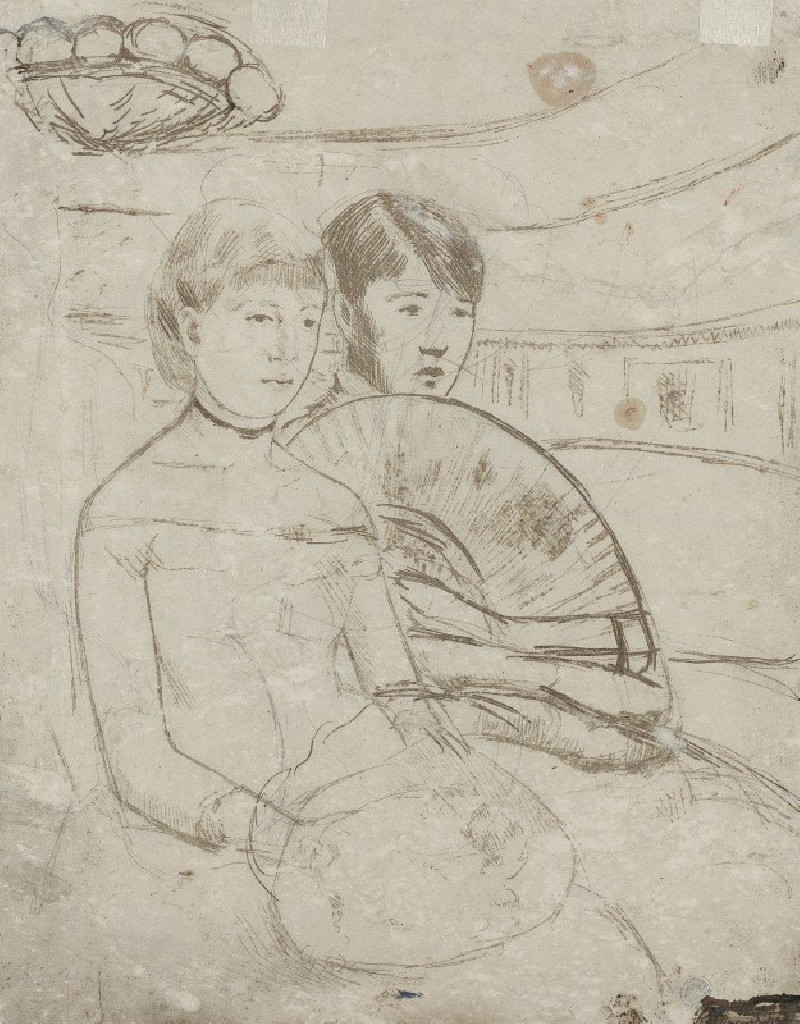
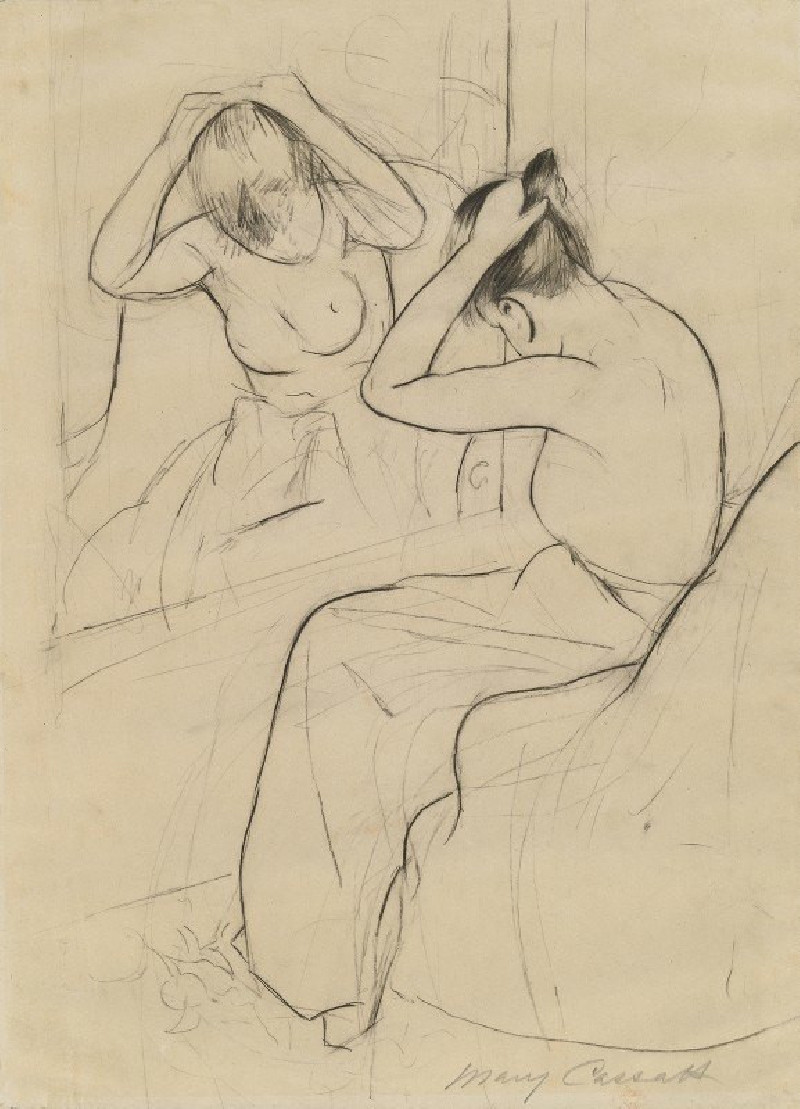



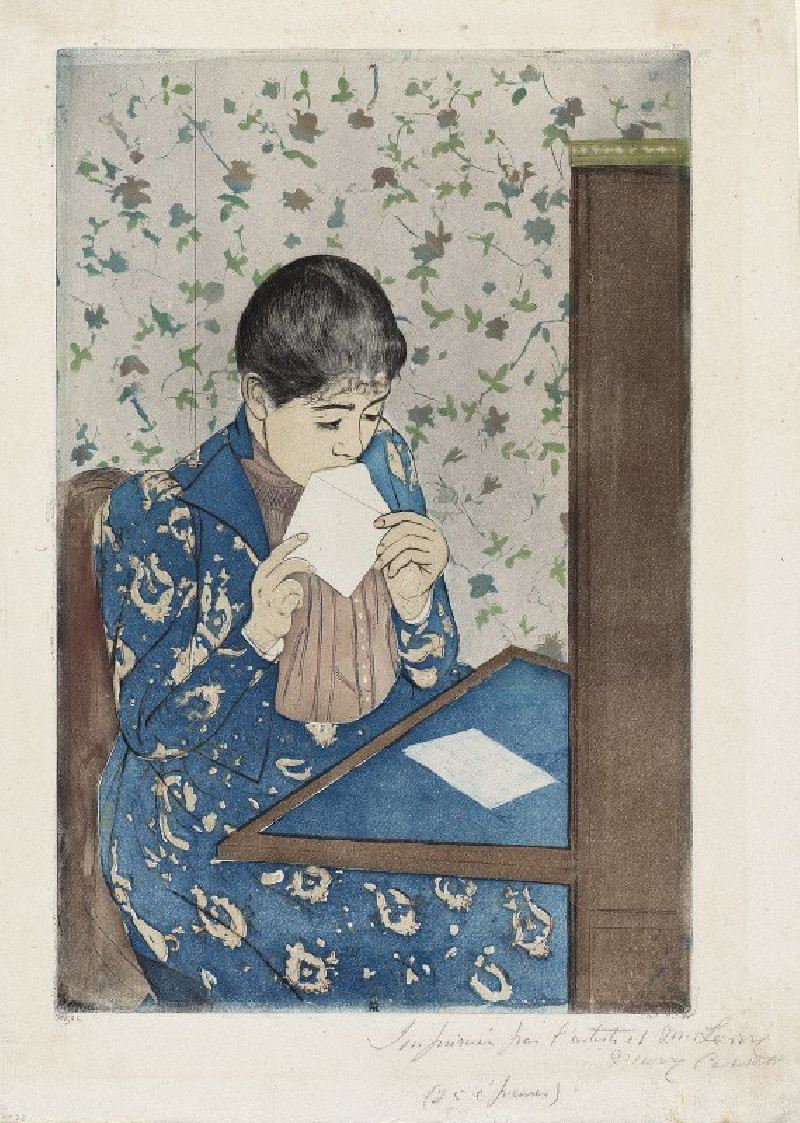
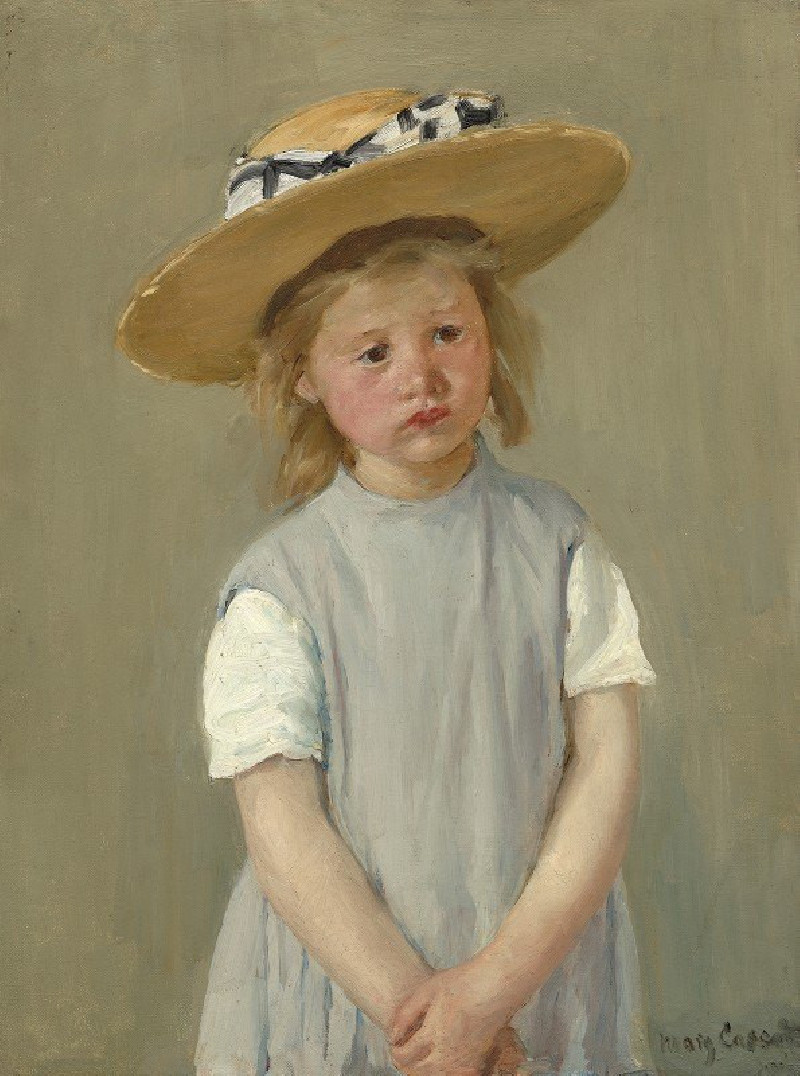
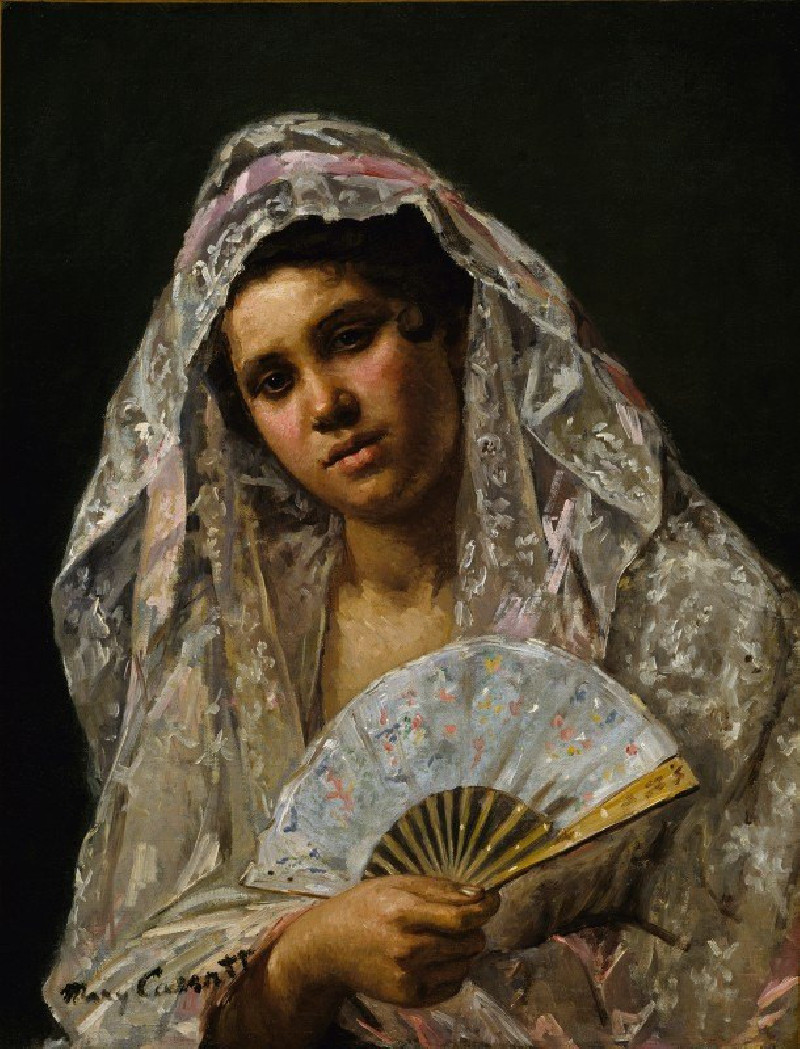
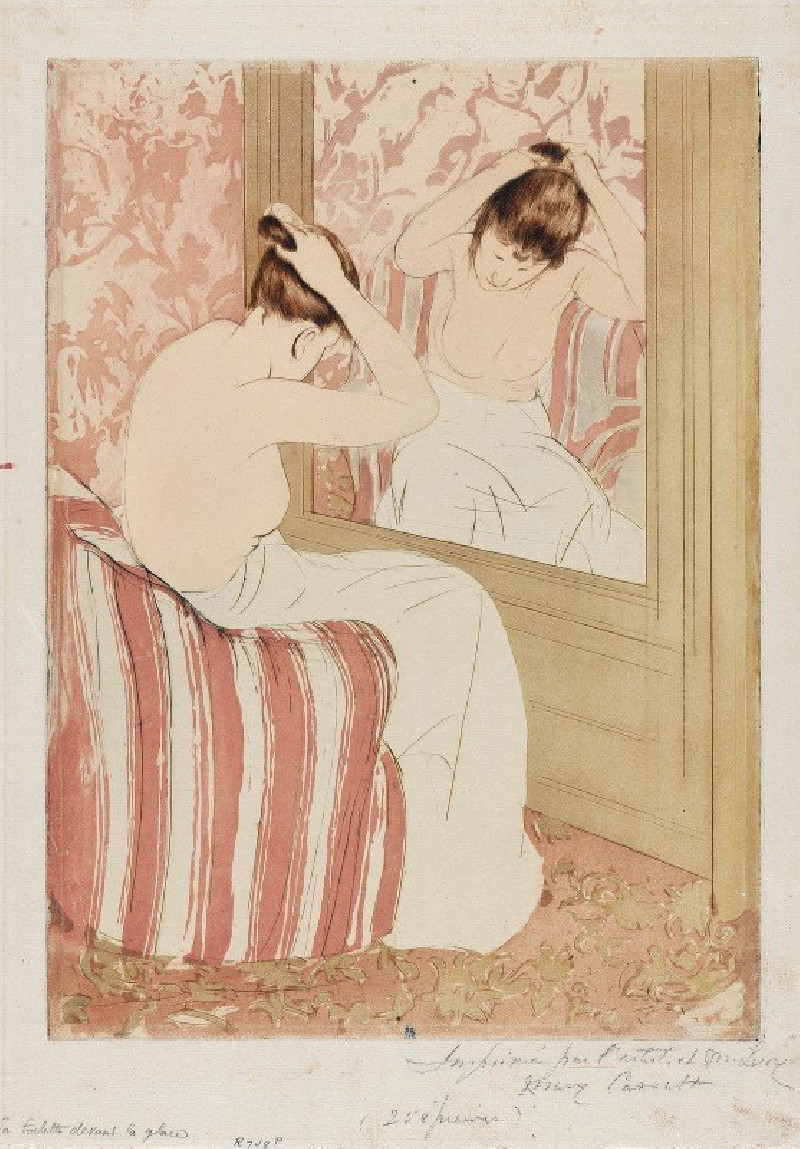
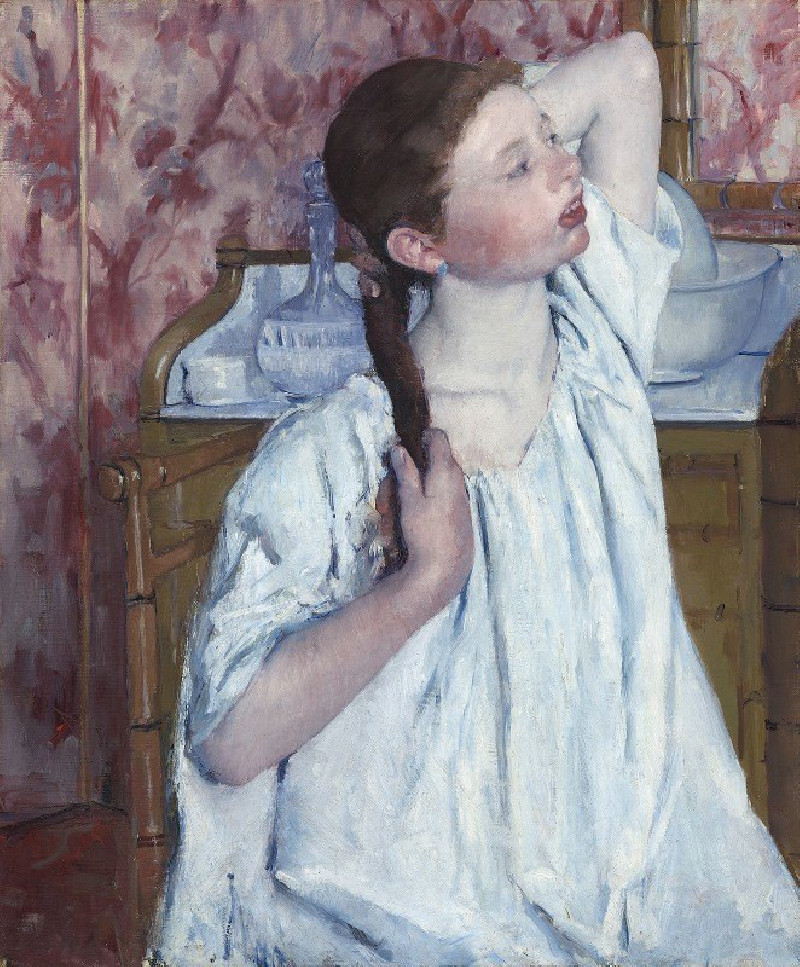
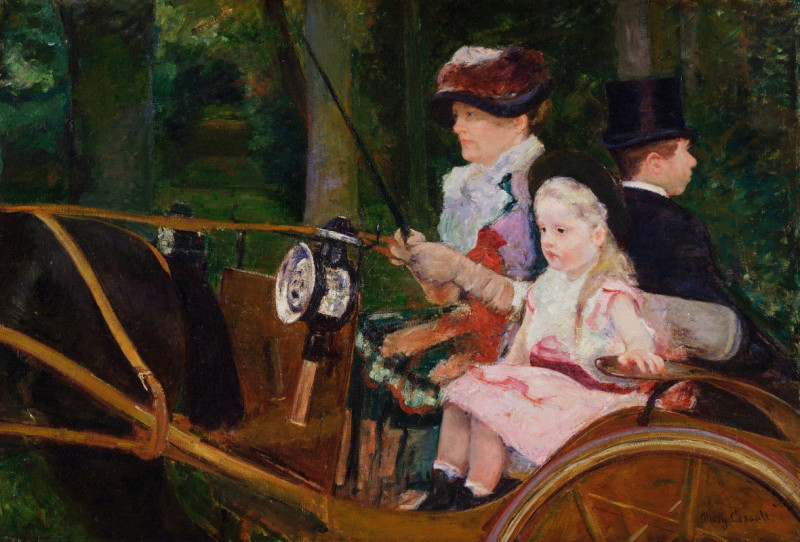

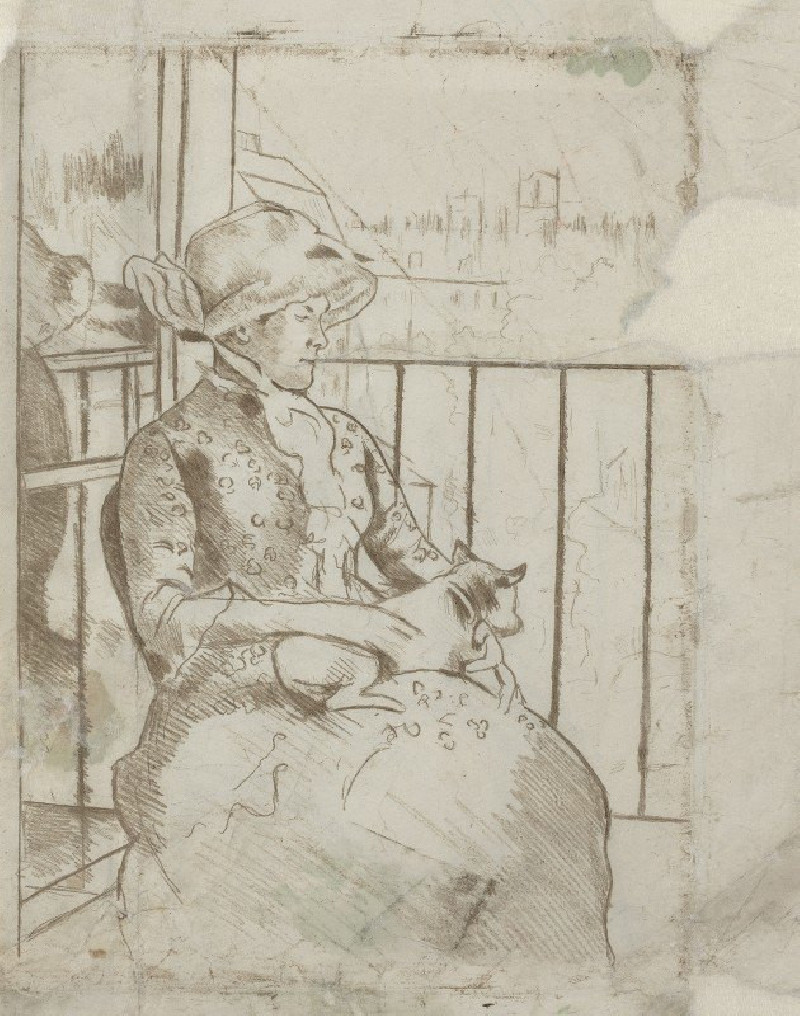


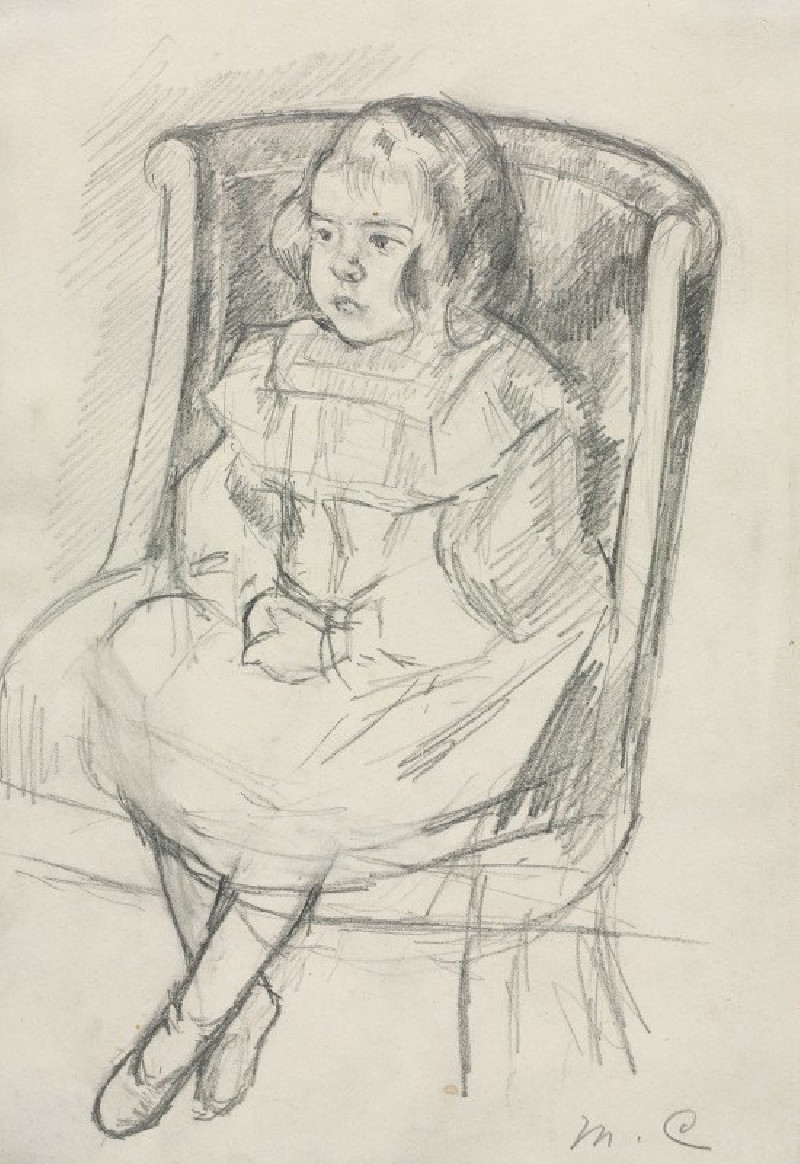

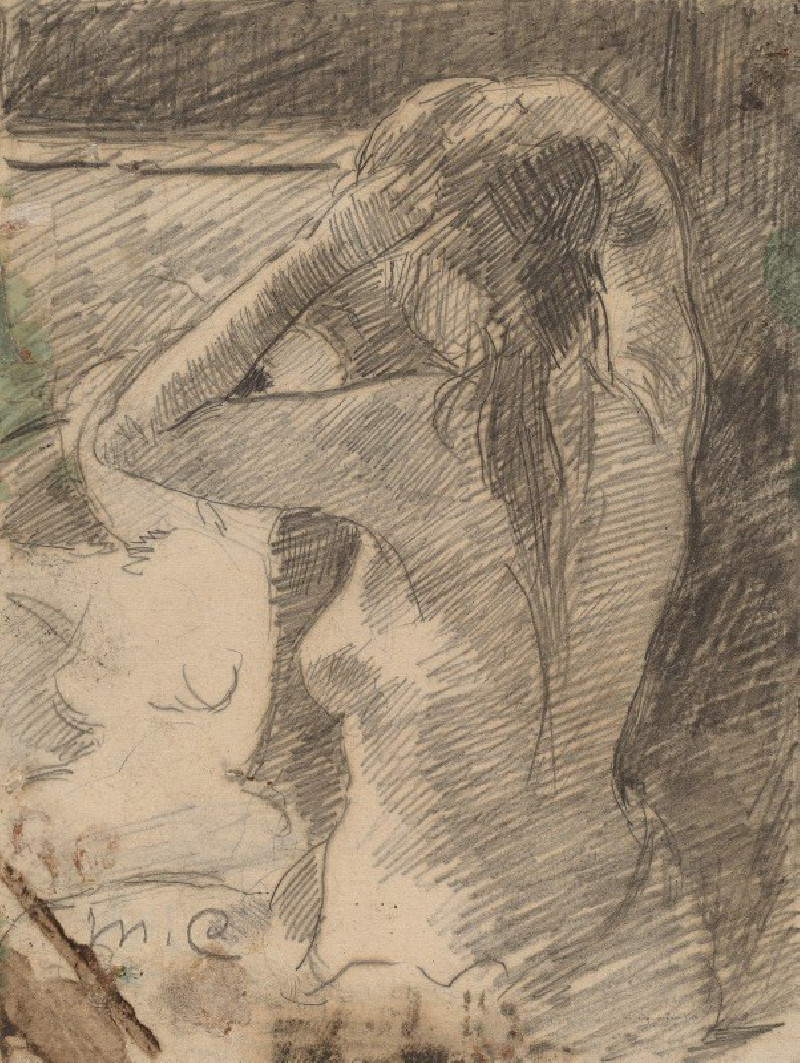
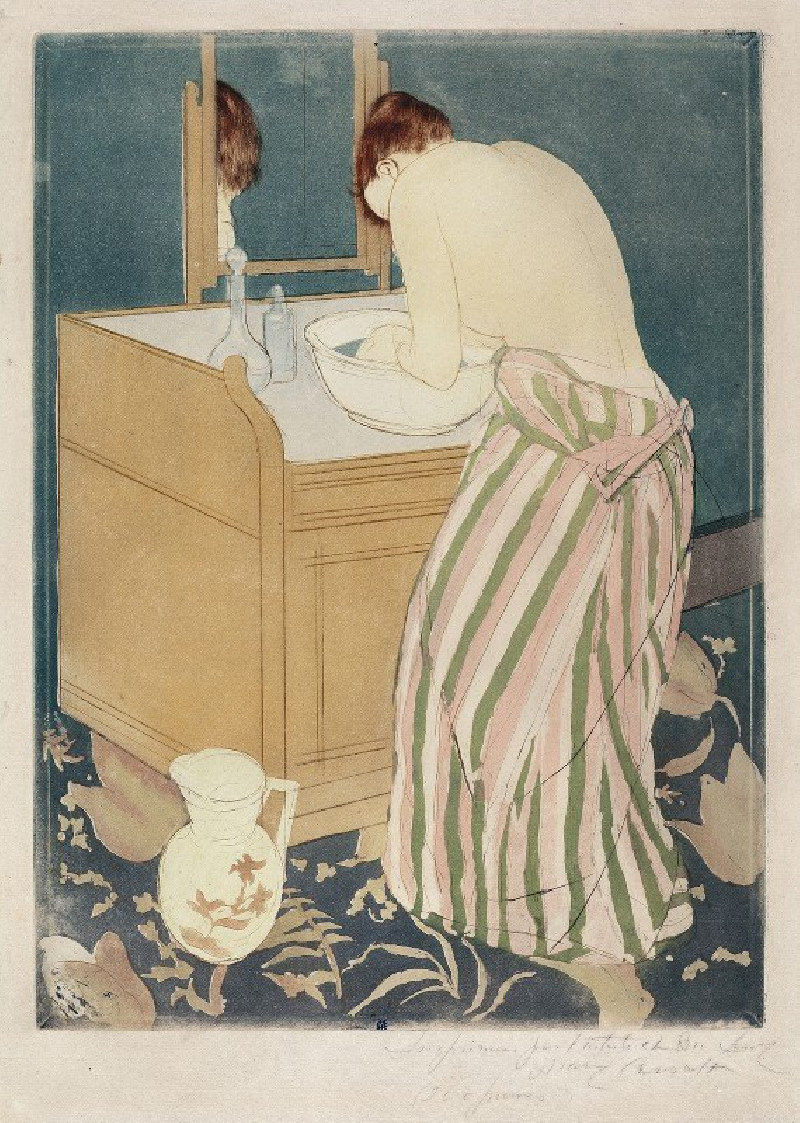

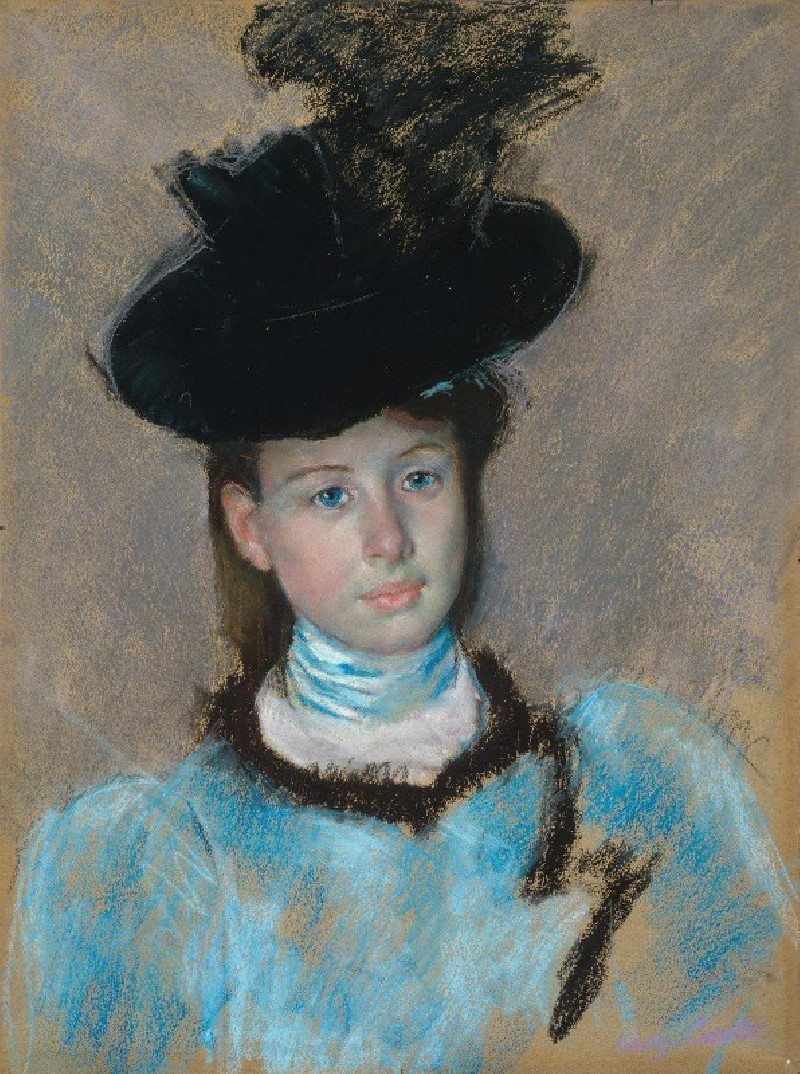
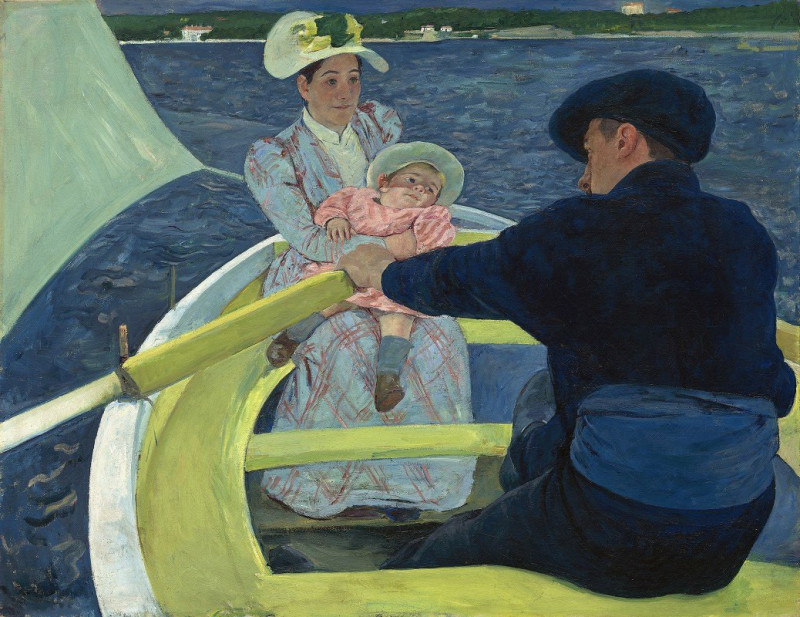


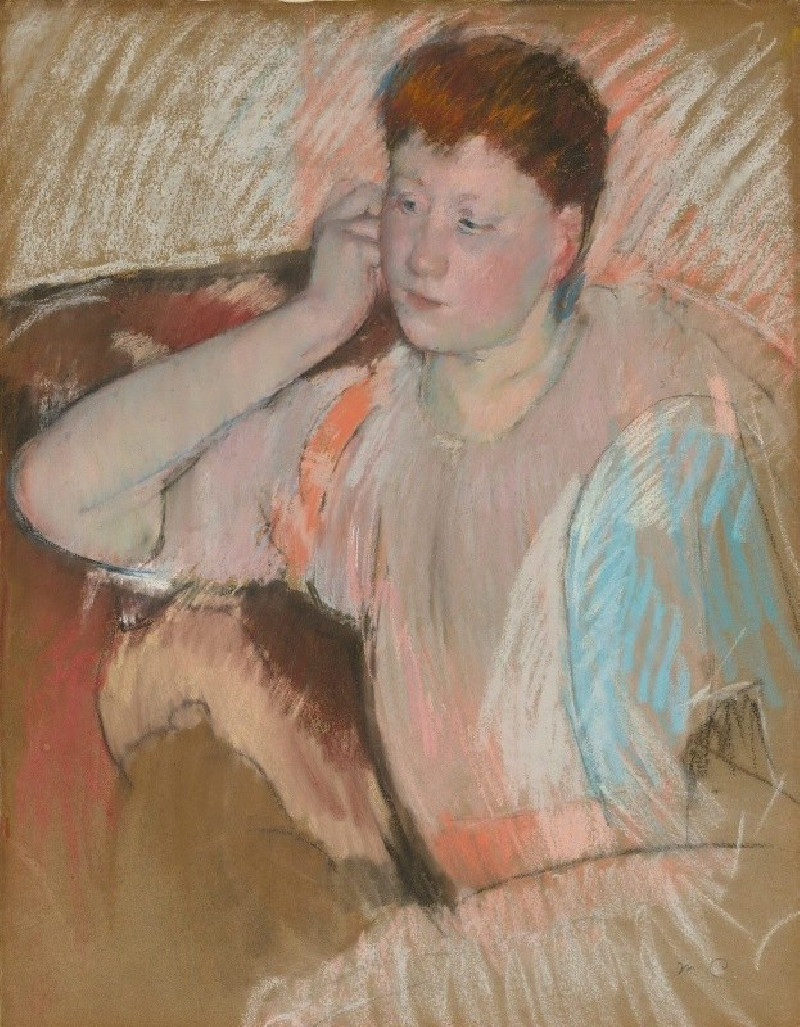
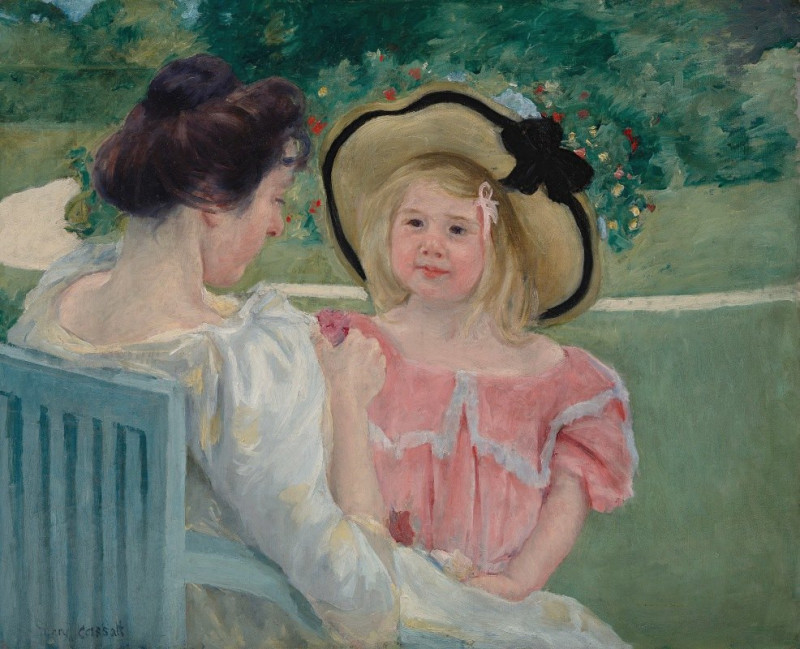
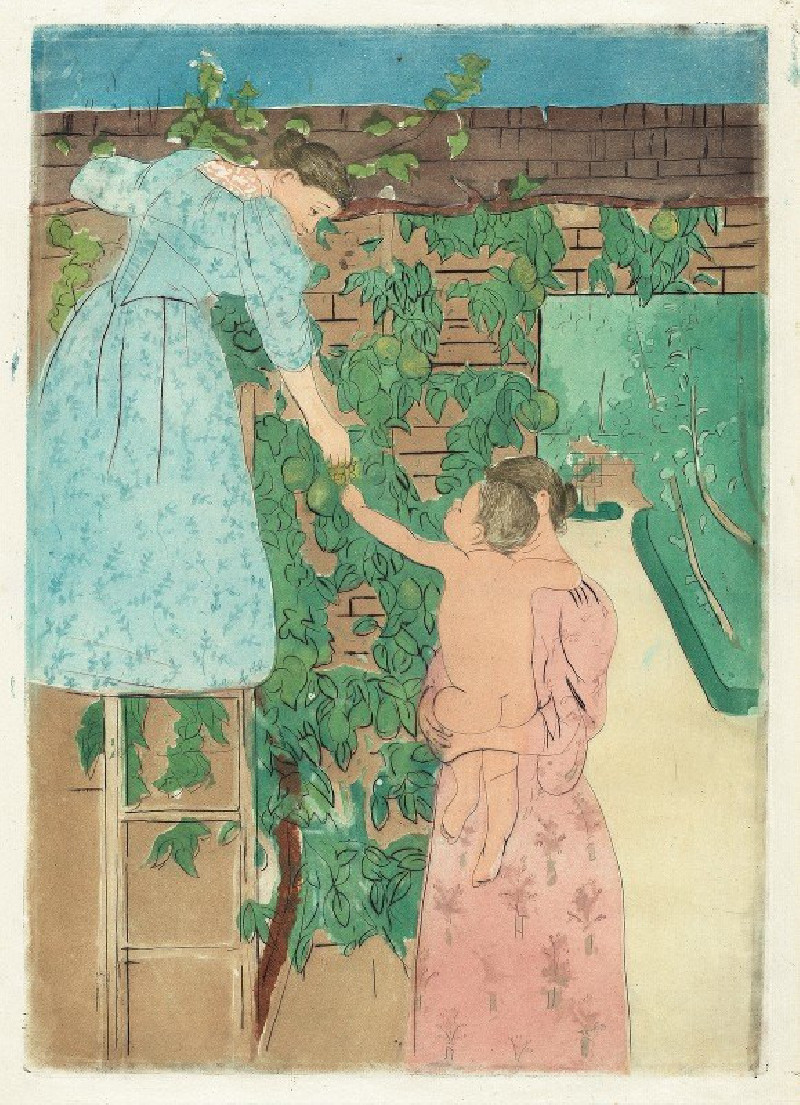

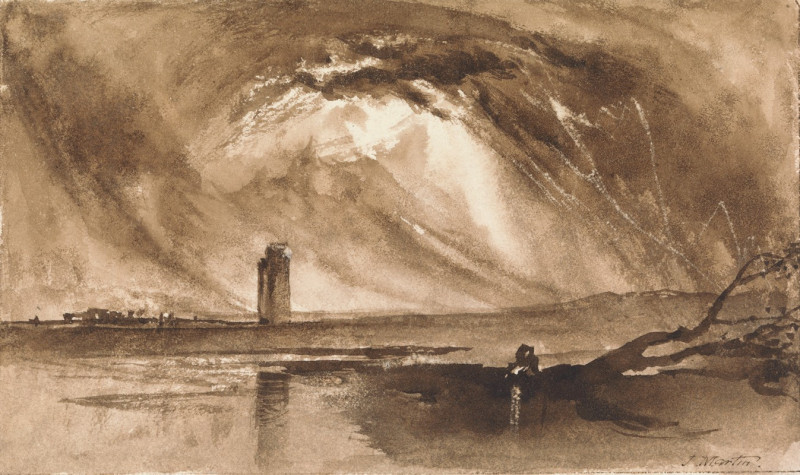

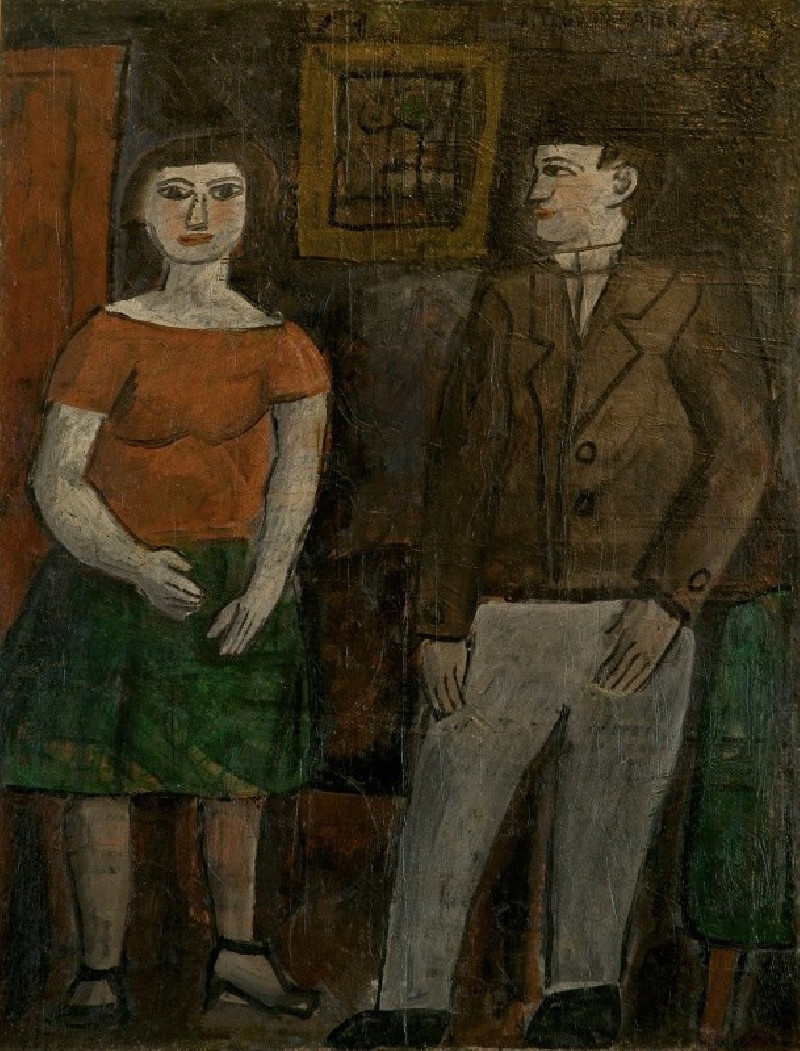

![Boats on the Hoogley [Hooghly] River reproduction of painting by Samuel Davis. ALL GICLEE PRINTS](https://reprodukcijos.lt/46486-large_default/reproduction-of-boats-on-the-hoogley-hooghly-river.jpg)
